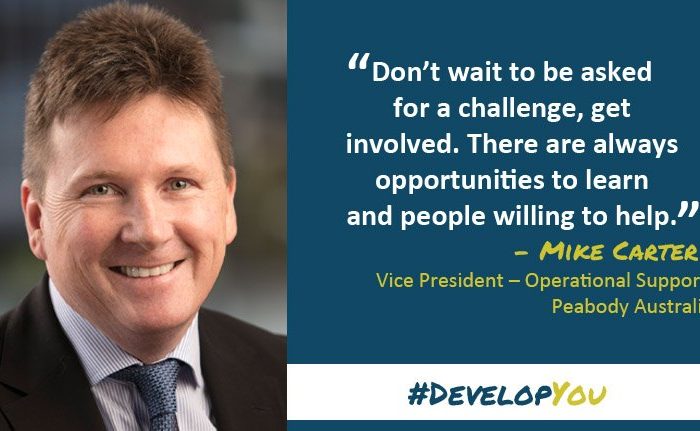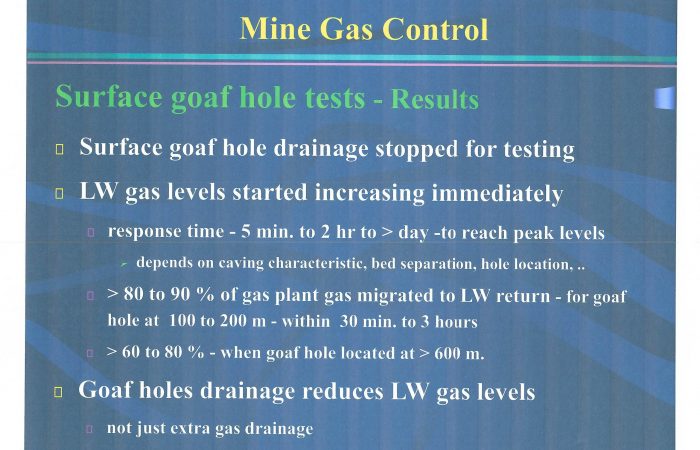
CW-8 noted that they had successfully re-entered the first zone during his time with the engineering team, but as they neared the second zone of the mine, the information they gathered indicated that the risk was too great to continue on their current course. CW-8 Engineer for Peabody from May 2018 to January 2021
- CW-8 was an Engineer for Peabody from May 2018 to January 2021. CW-8 began his tenure with Peabody working with the engineering team at North Goonyella Mine before transitioning to the Incident Management Team (“IMT”) where he took the role of Planning Coordinator for approximately 7-10 months beginning in September 2018. CW-8 explained that following his time with the IMT, he rejoined North Goonyella’s engineering team of approximately 20 people until he left the mine in January 2020 to go work at another Peabody mine until January 2021.
128. Beginning in September 2018, CW-8 (who served as Planning Coordinator at North Goonyella for approximately 7-10 months starting in September 2018), collected data from the various shifts at North Goonyella and compiled the data into reports in an effort to determine the best course of action.
According to CW-8, this included gas data and pressure readings. CW-8 provided the reports to senior level mine staff, including: (i) John Anger (SSE), (ii) Marek Romanski (then Underground Mine Manager) and (iii) Mike Carter (Vice President – Operational Support). CW-8 confirmed that his reports also were shared with Peabody Australia Headquarters in Brisbane, who were “closely associated” with the efforts in the mine.
- CW-8 also was responsible for recording the Mine Record Entry (MRE) meetings with the QMI and other government representatives and private third parties. CW-8 explained that when he returned to the engineering team, that team was tasked with re-entry plans for the mine. CW-8 recalled being responsible for the conveyor belts in the mine and was tasked with ensuring that materials were on time, adequate for Australian codes and regulations, and that the contractors were organized.
- CW-8 recalled the “Startup Tour” meetings that occurred prior to each shift change where the IMT, including John Anger, Marek Romanski and Mike Carter, provided updates to the incoming shift. CW-8 explained that there were short and long-term plans for reentering the mine, but senior mine staff was hesitant to provide specific dates. According to CW8, there were “ever-changing issues” and a regular flow of new information that altered timelines. According to CW-8, these variables made it “extremely difficult to make predictions.” According to CW-8, specific dates would typically only be provided in response to a question from the workforce and these would come with the caveat of being reliant on things continuing on the current trajectory without any issues arising.
214. CW-8 explained that while he was with the engineering team (after his stint as Planning Coordinator), the mine was split into three or four zones. According to CW-8, risk analyses were conducted prior to re-entry of the first zone to ensure that the risk was acceptable. CW-8 noted that they had successfully re-entered the first zone during his time with the engineering team, but as they neared the second zone of the mine, the information they gathered indicated that the risk was too great to continue on their current course. CW-8 advised that the engineering team held a number of brainstorming sessions and devised a number of different plans, but did not pull the trigger on any of those plans as none of them managed to decrease the risk to an acceptable level.

